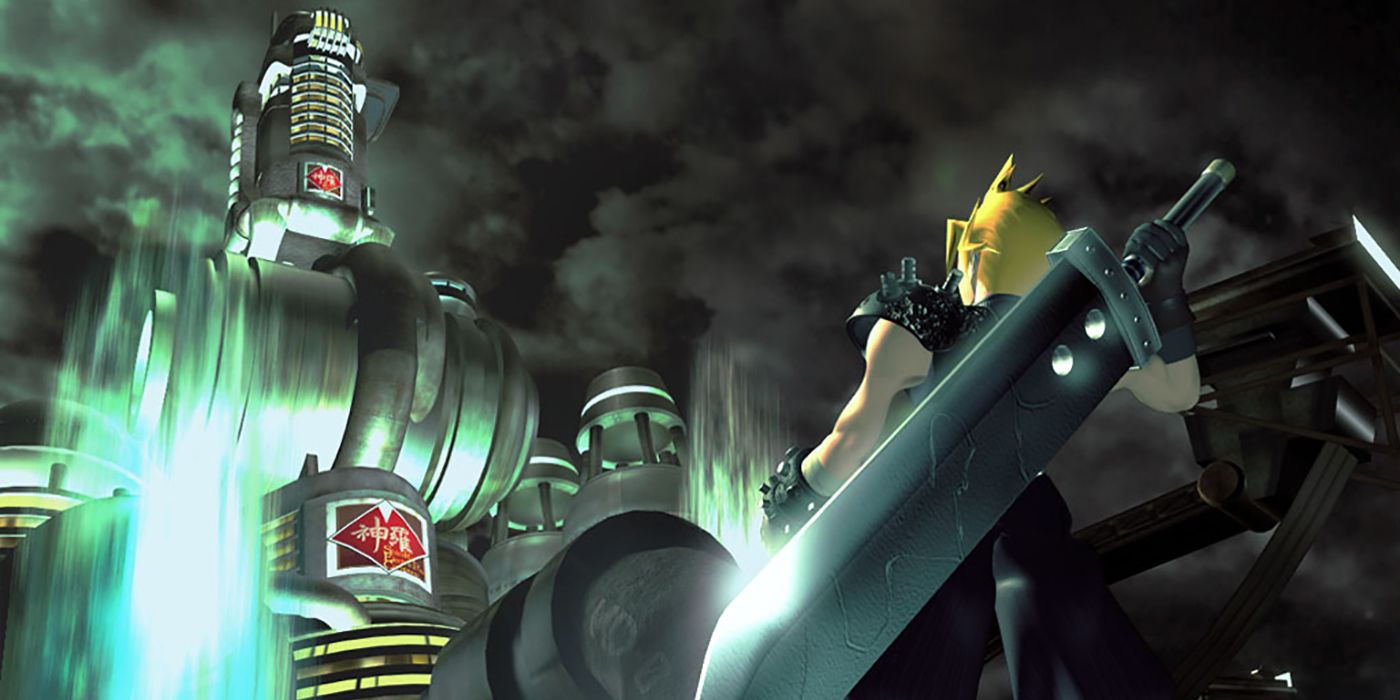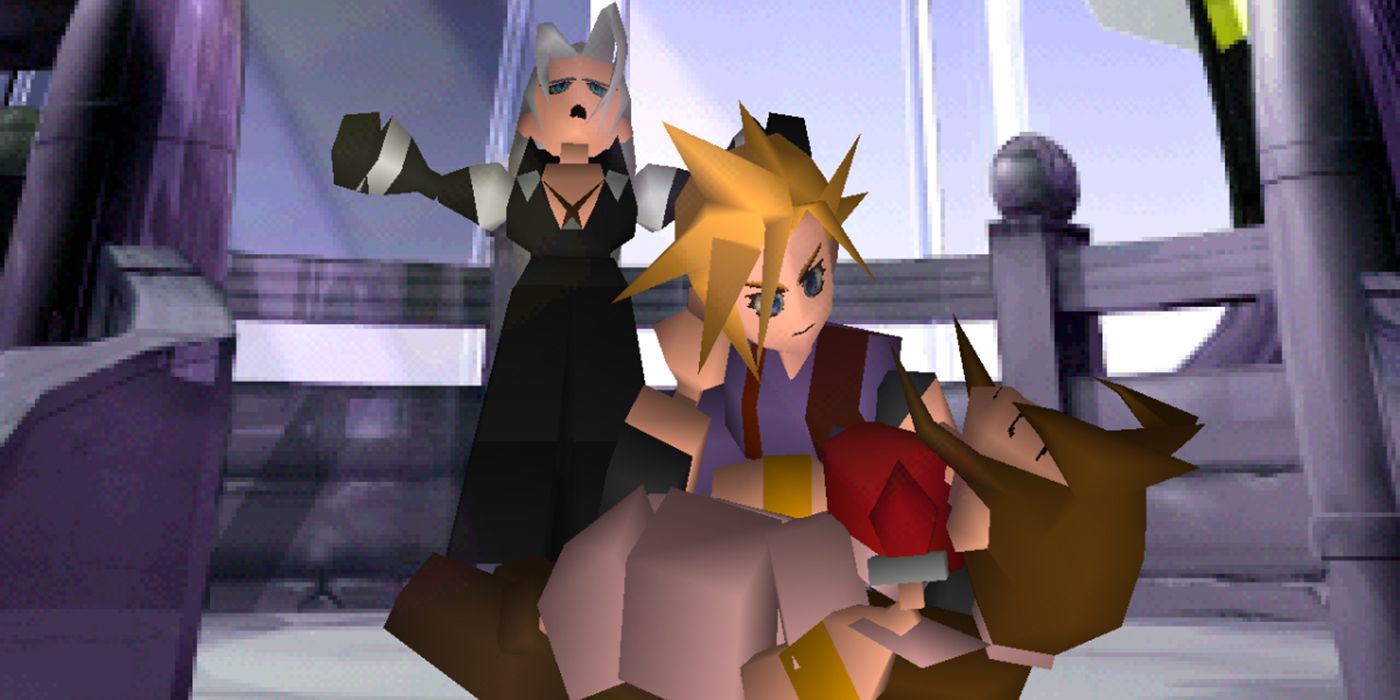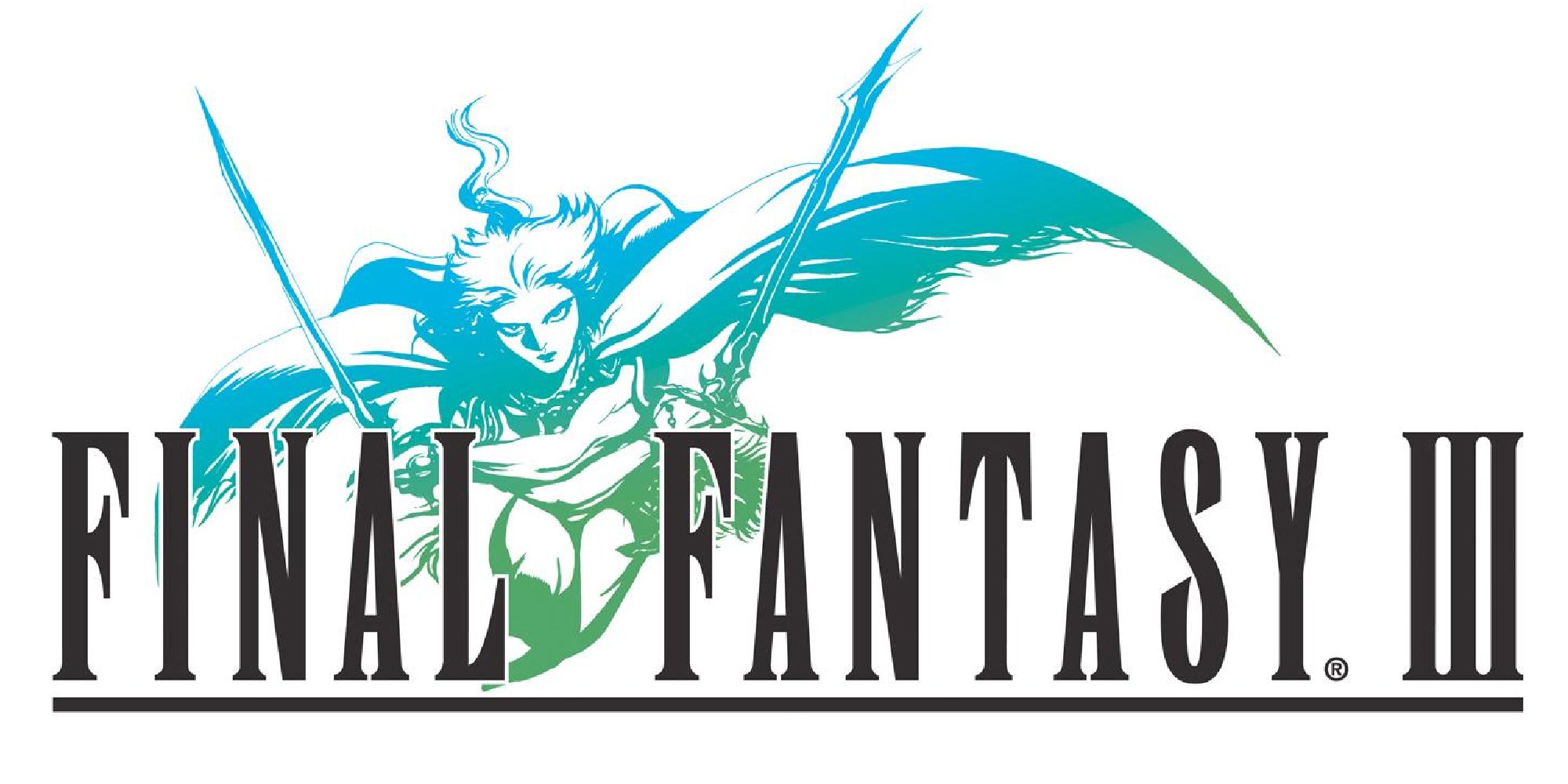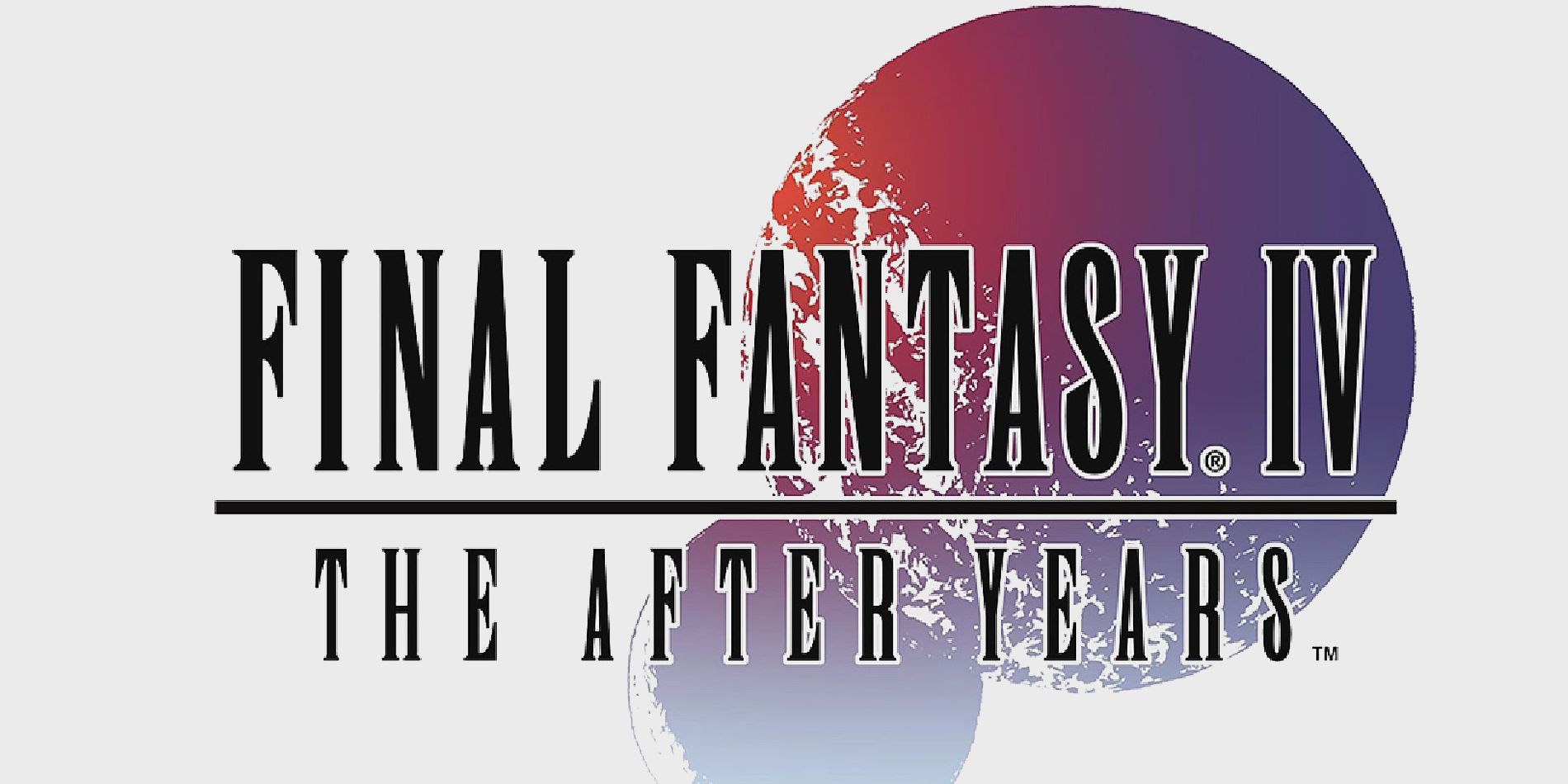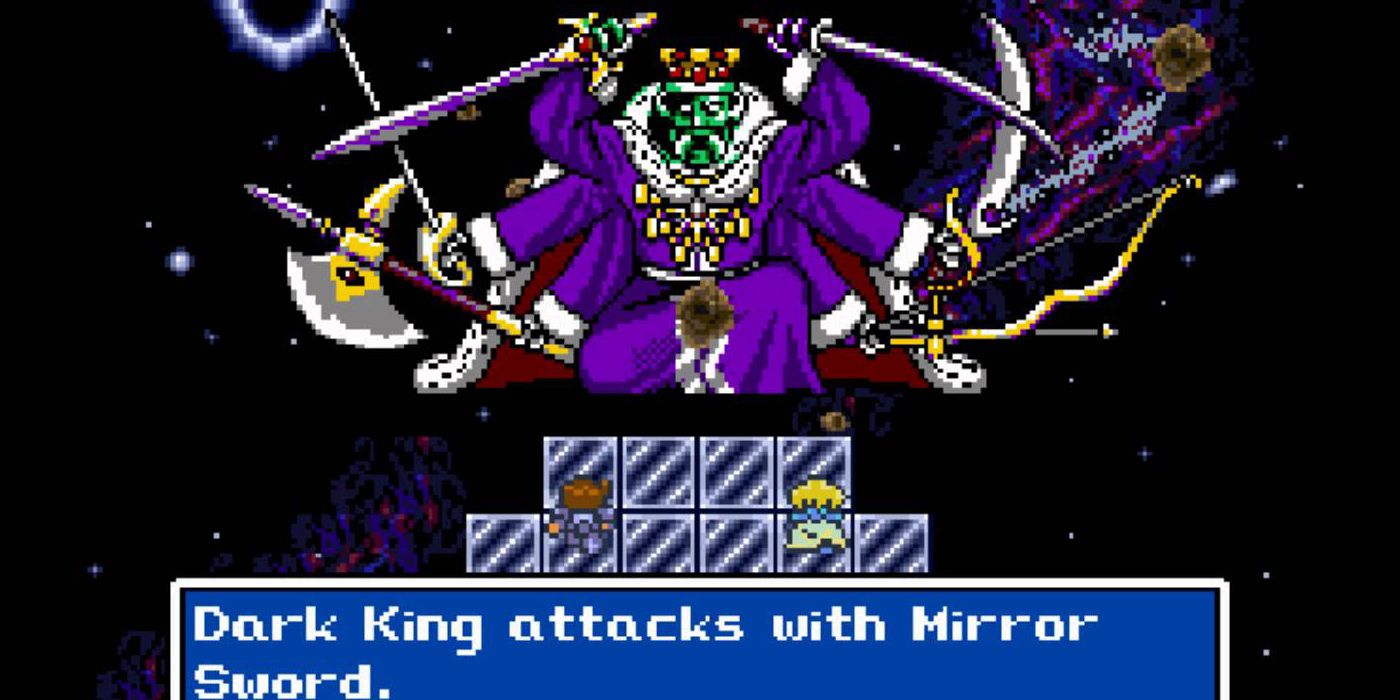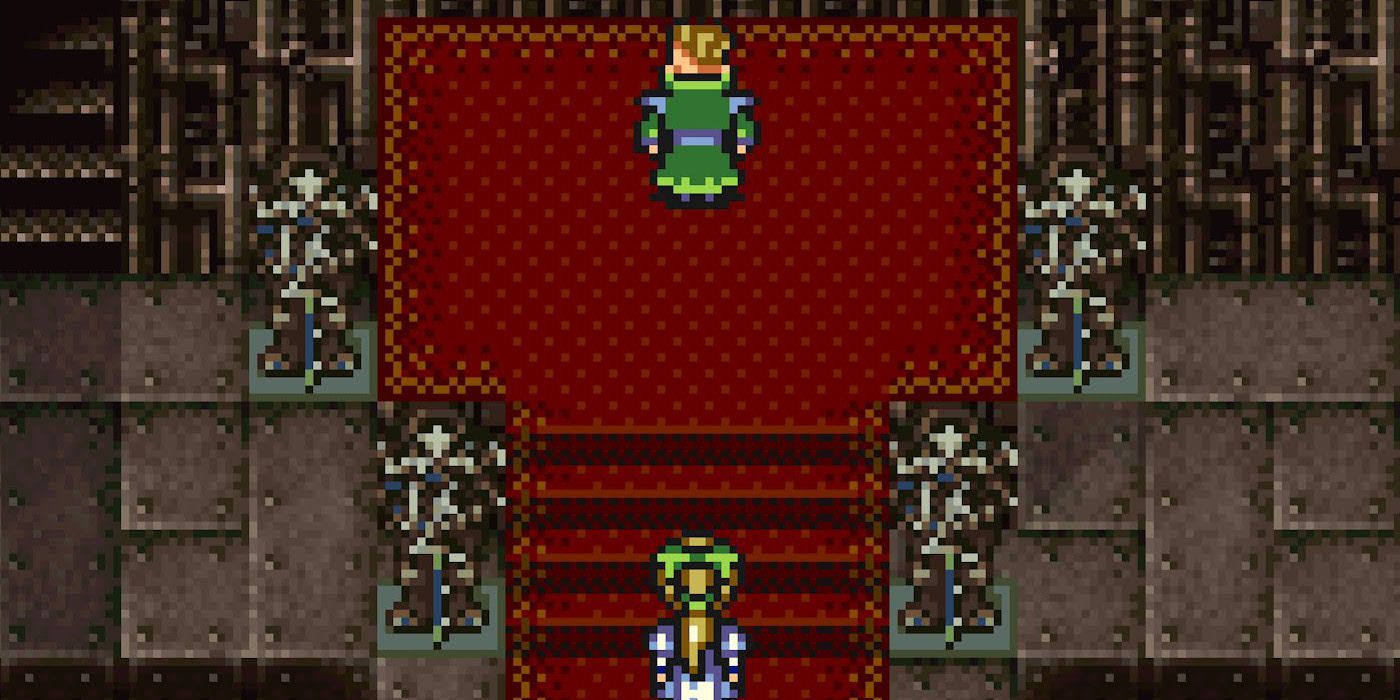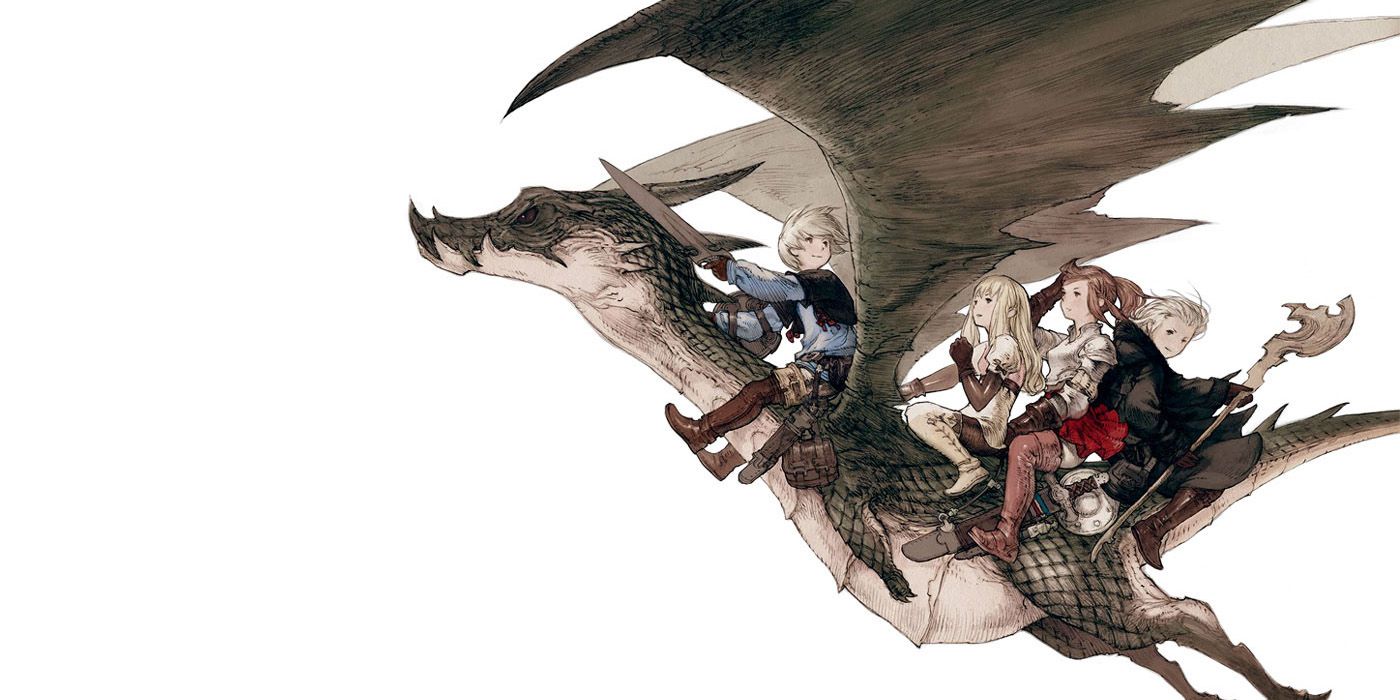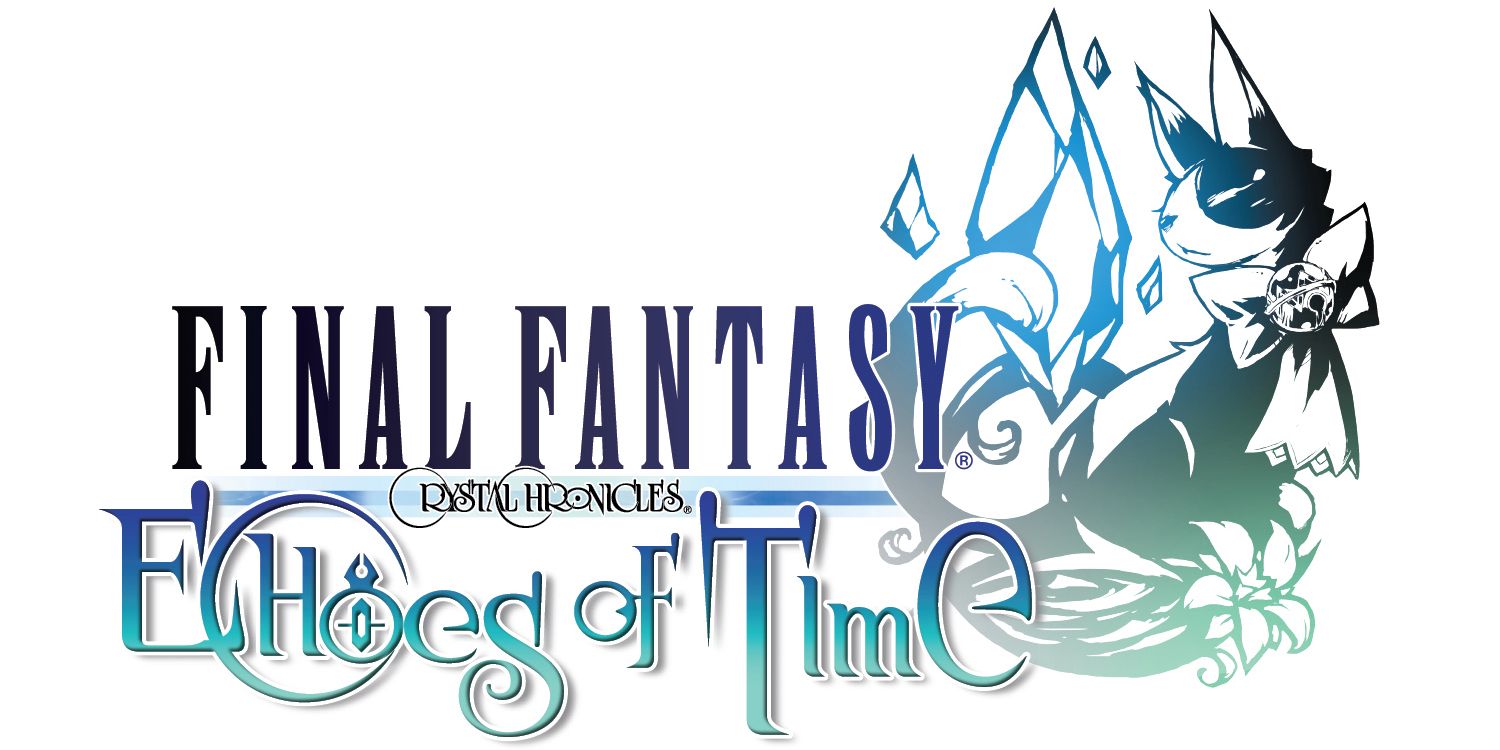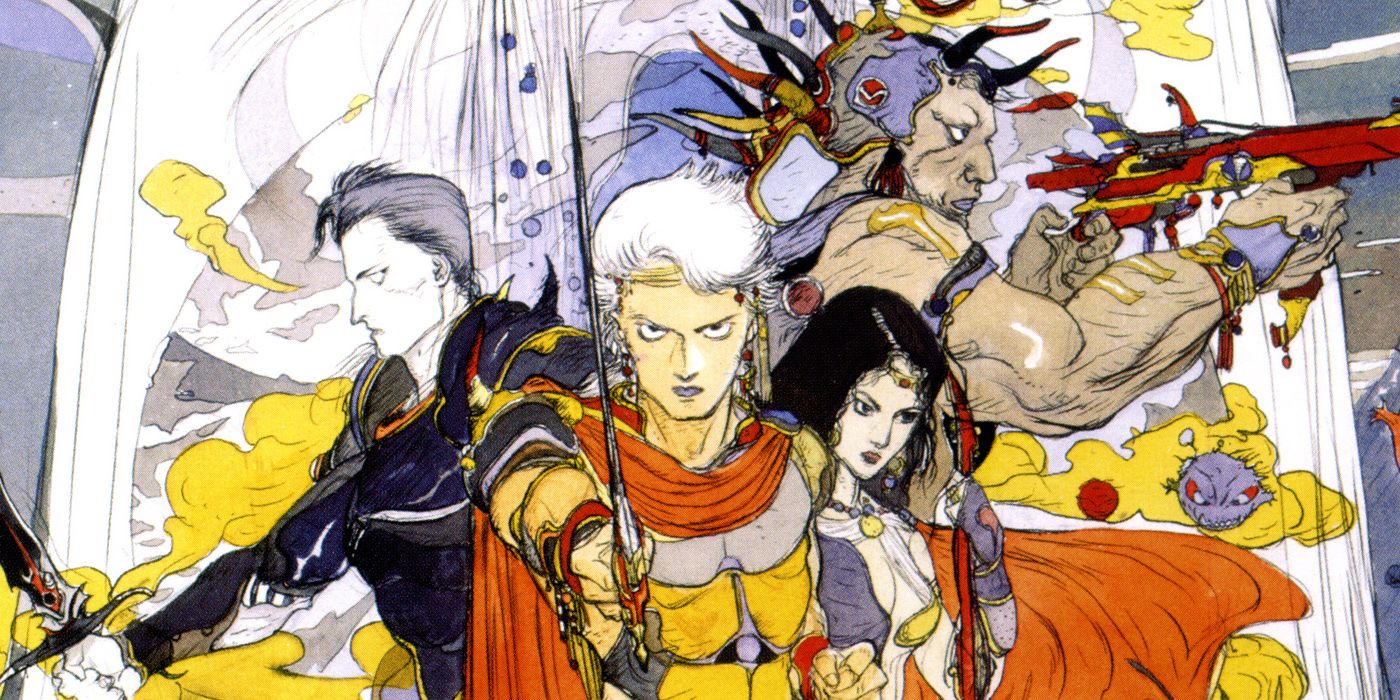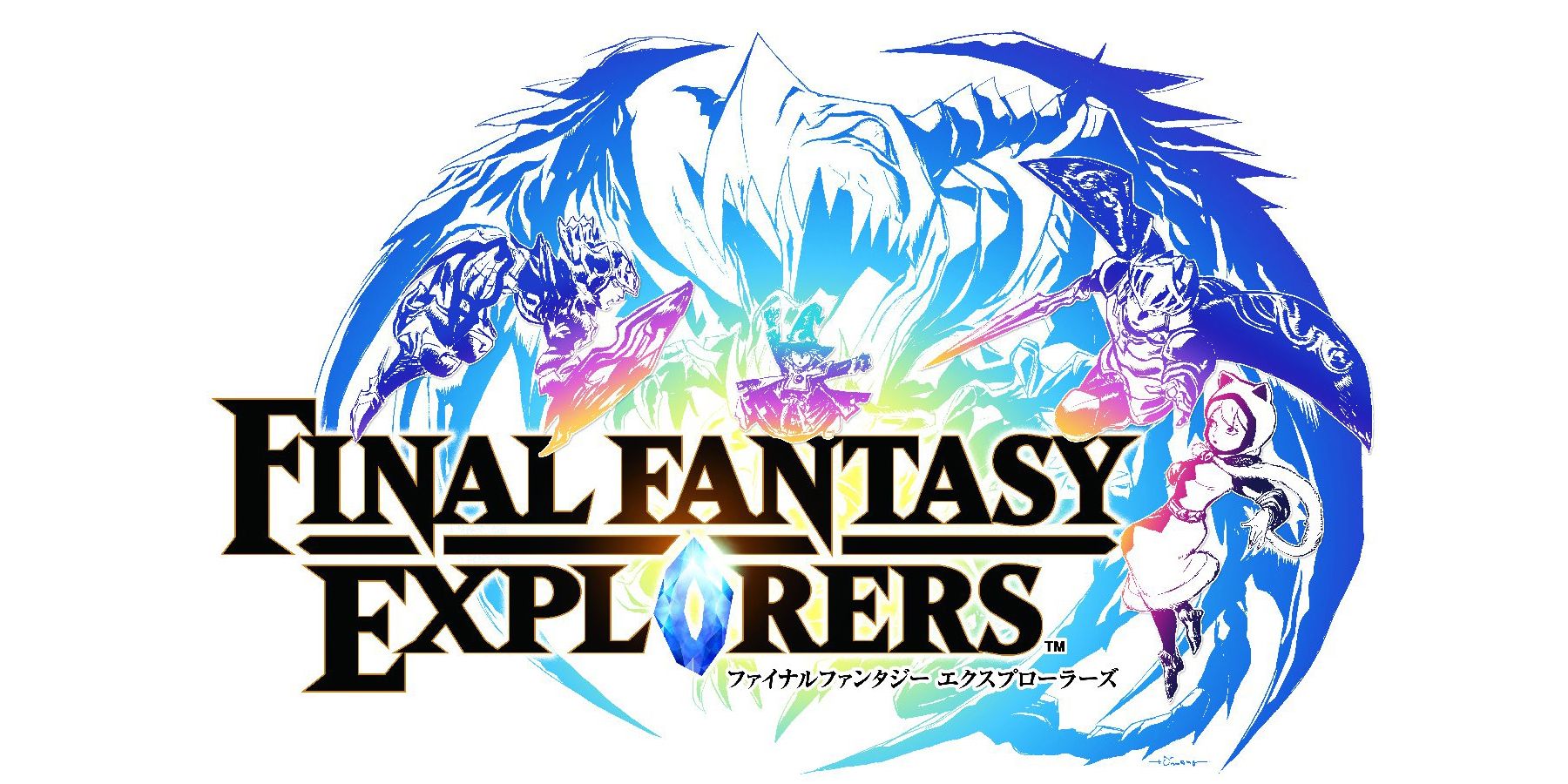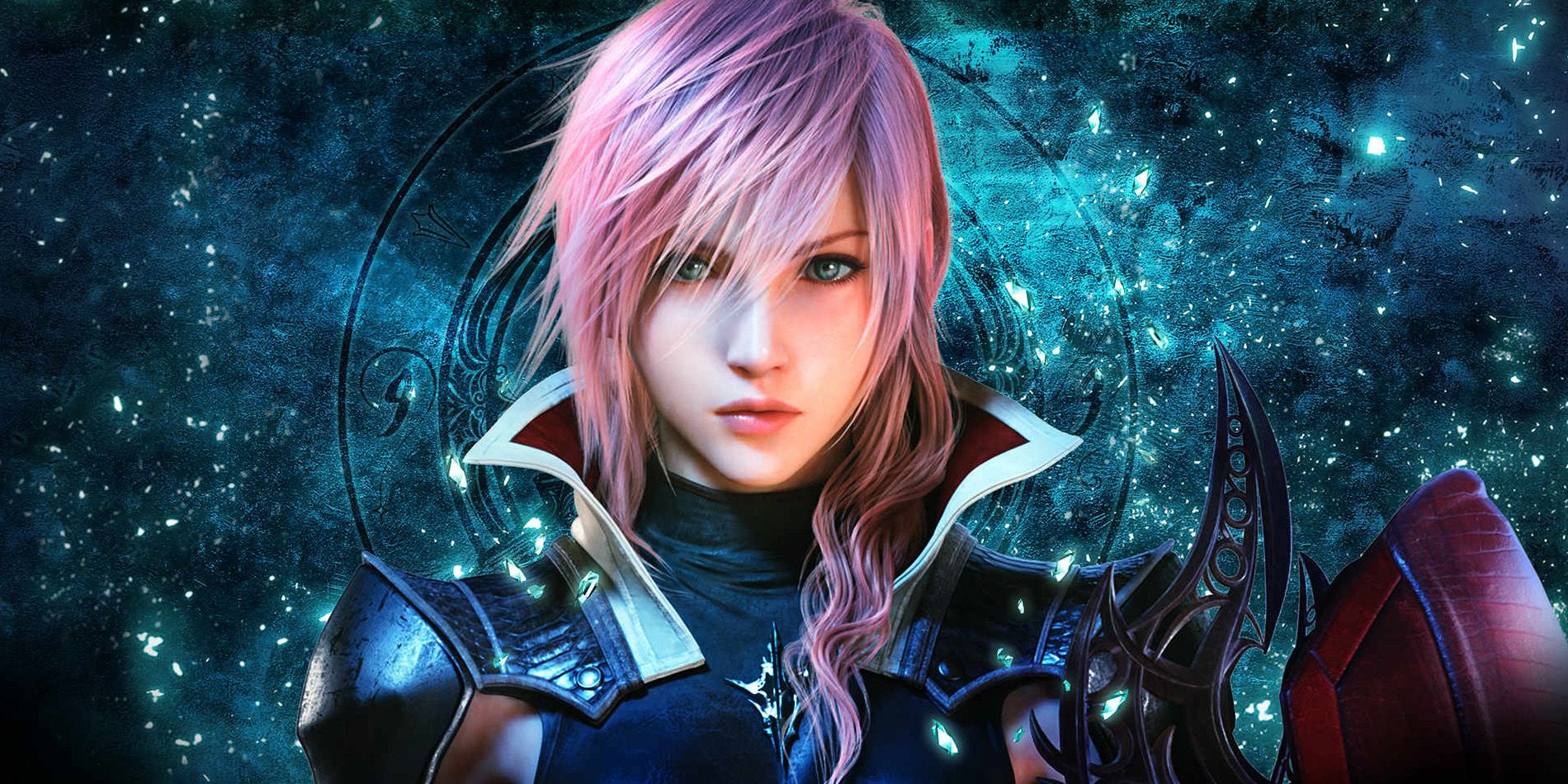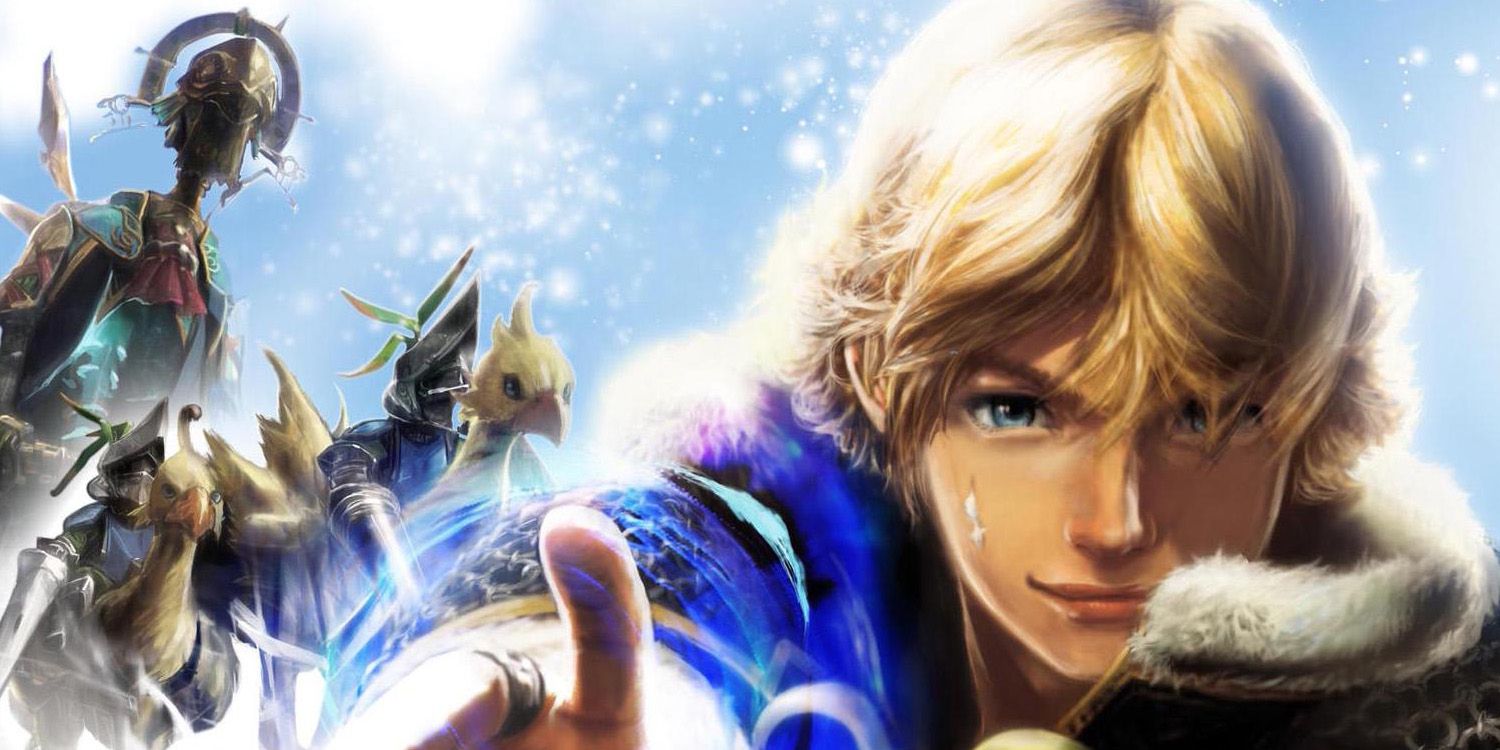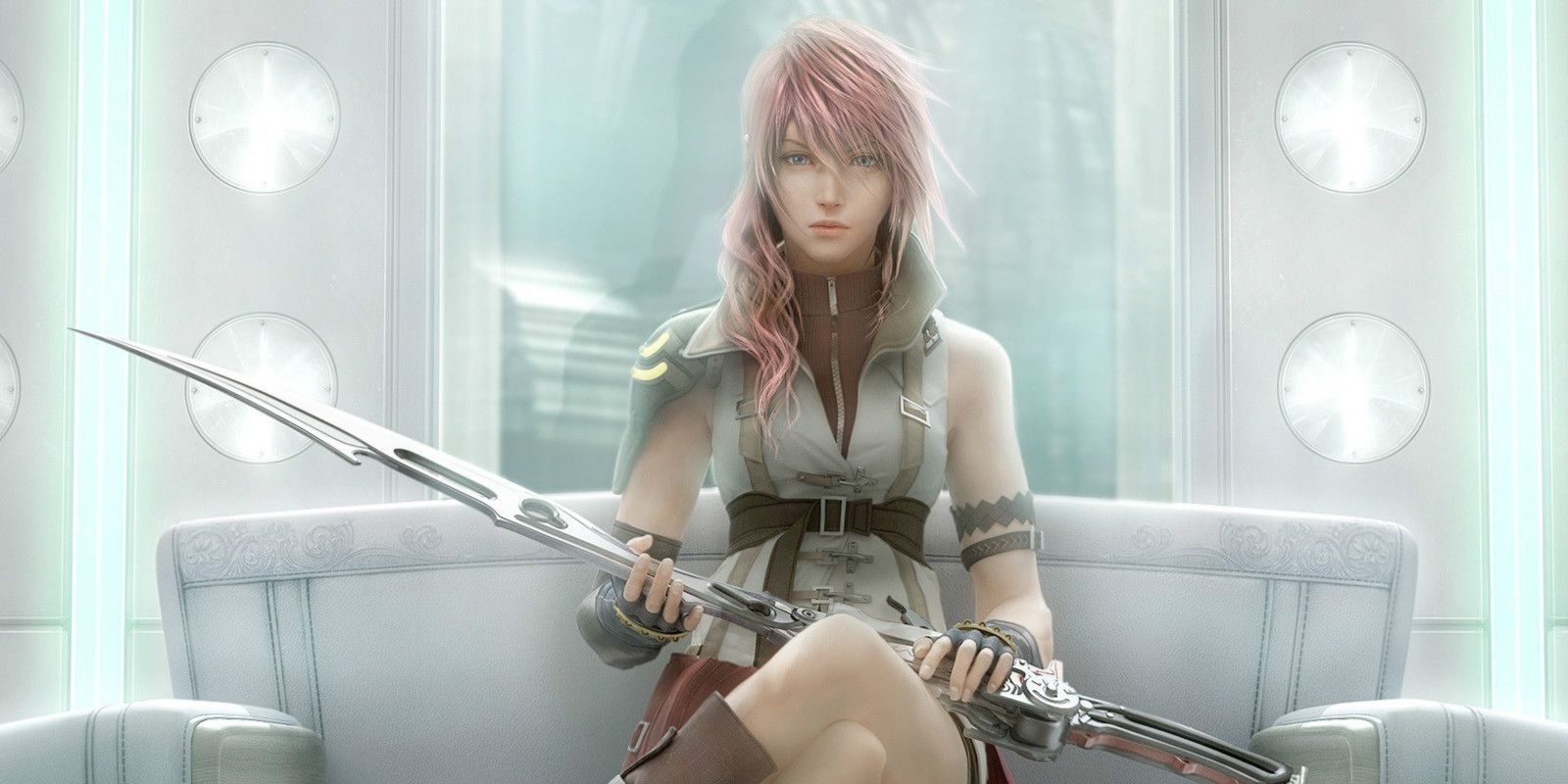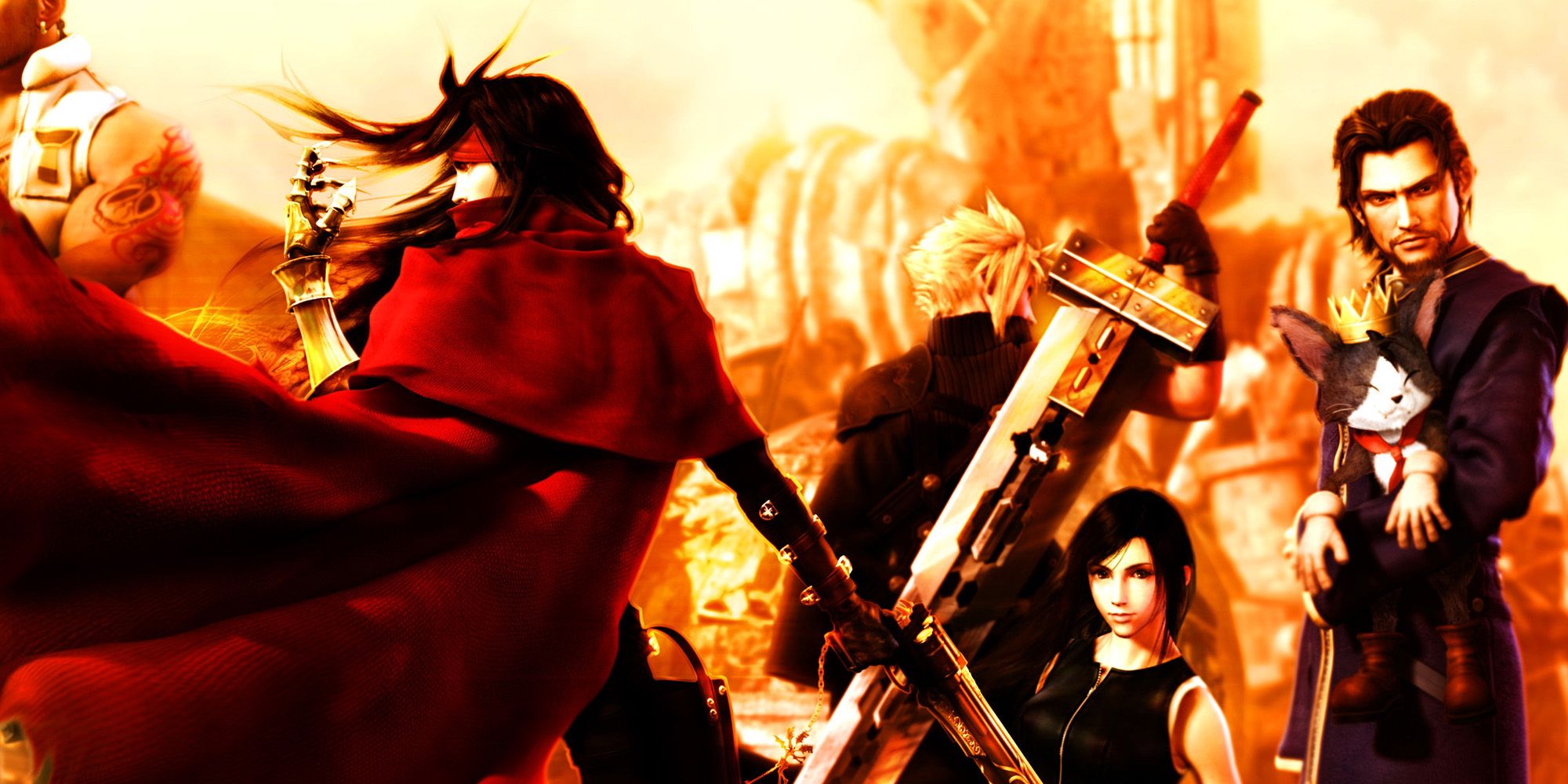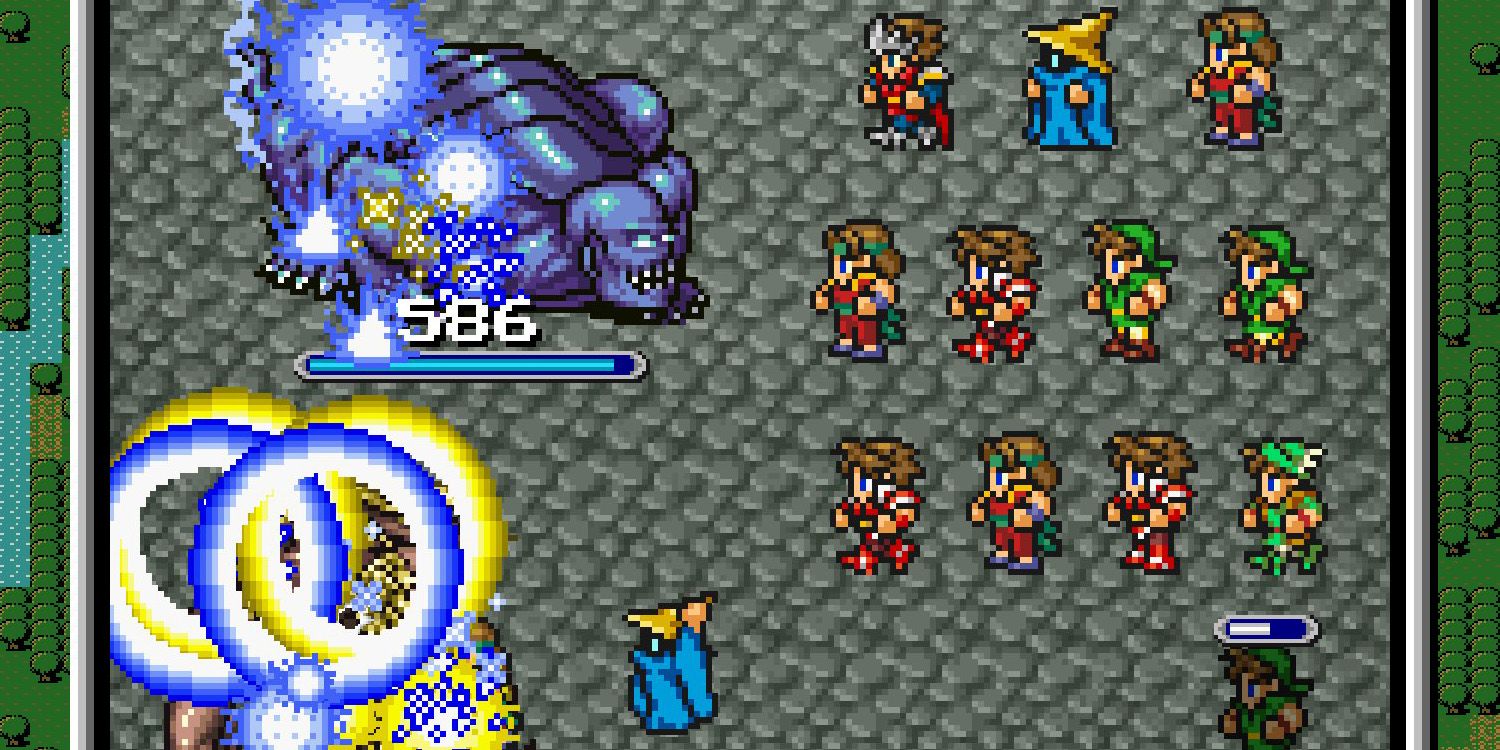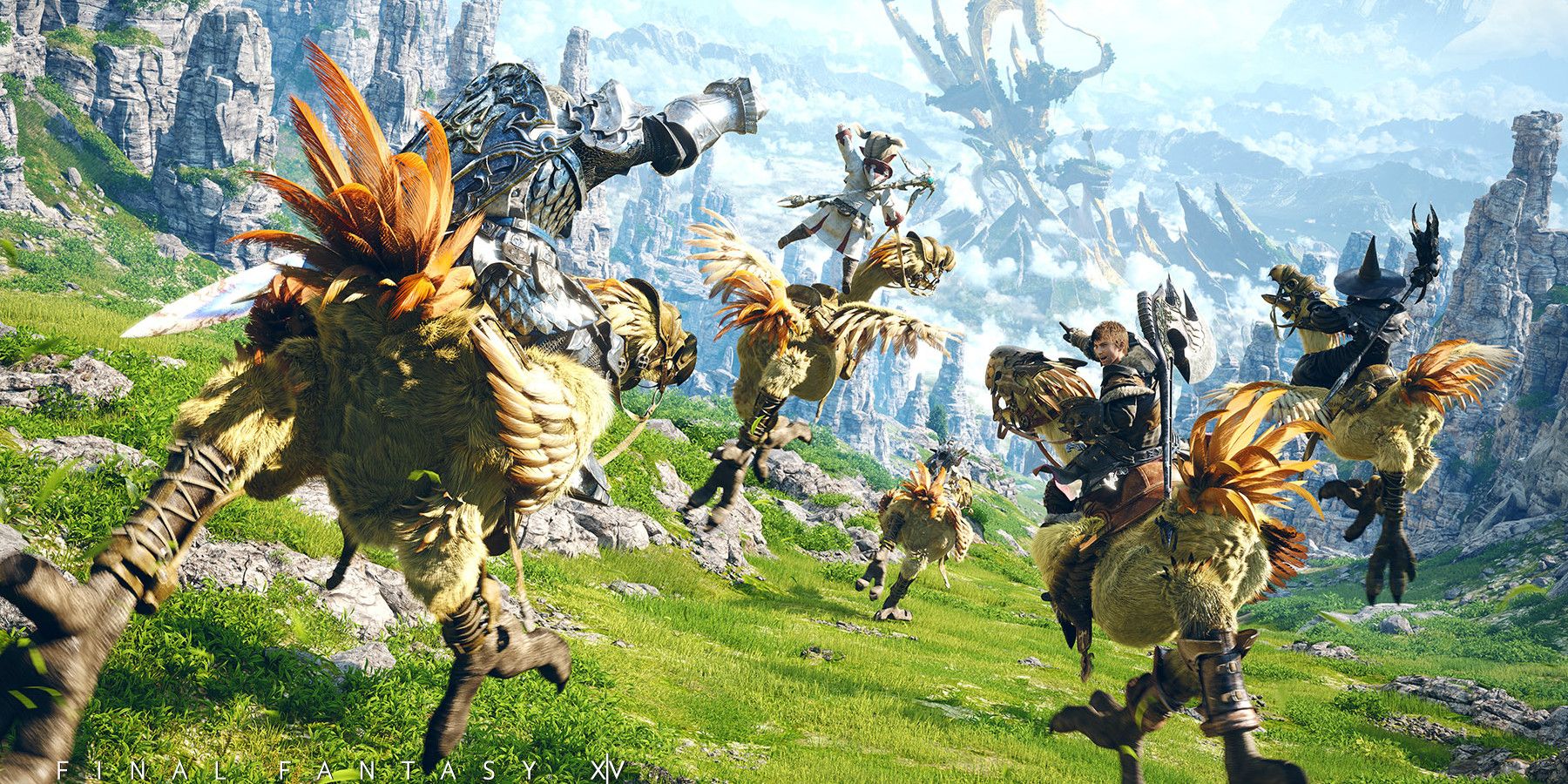The Final Fantasy series is home to some of the greatest video games of all time. As the years went by, more and more games would enter the series, as either mainline entries, or as spinoffs. It was inevitable that some of them were going to bad. You can't have a series made of over fifty games (and counting) without some of them being clunkers. There are many reasons for this; they could be technically inept, they might be frustratingly difficult to complete, or they might just have horrible gameplay. As time went on, it has become obvious that the people at Square Enix have been falling asleep at the wheel.
We are here today to name and shame the worst games to bear the famous Final Fantasy title. From one of the worst PC ports in history to the MMO that needed to be blown up, before it could be resurrected.
Here are the 15 Worst Final Fantasy Games Of All Time!
15. Final Fantasy VII's Original PC Port
The first six Final Fantasy games all appeared on Nintendo consoles. Squaresoft began looking to other systems, when it became clear that Nintendo was sticking to cartridges on the N64, rather than moving to optical discs. Final Fantasy VII first appeared on the original PlayStation and would go on to become a massive mainstream hit. Squaresoft was not contractually obliged to keep Final Fantasy VII on one system, so a PC port was developed for the international market.
When Final Fantasy VII received a Windows port in 1998, the whole thing was a total mess. Upon release, the game was filled with glitches, to the point where numerous fan-made mods were created to make it playable. The game can't even be completed without mods on a modern machine, as it will crash during the first chocobo race sequence. All of the music files in the game were converted into MIDI files, which greatly reduced their quality. The same is true of the FMVs, which were converted into AVI files. The most puzzling choice made in the PC port was the decision to give all of the character models mouths. This occasionally makes the characters look like screaming dolls.
Final Fantasy VII would later receive an updated release on Steam, which solves all of these issues.
14. Final Fantasy III
Final Fantasy III was the last game in the series to be released on the Nintendo Entertainment System. There is no denying the fact that the game is technically impressive for its day, from both a graphical standpoint and for the sheer amount of content.
The main problem with Final Fantasy III is its difficulty. It contains some of the most brutal dungeons in the series. The game also pits you against bosses that are only weak to specific Job abilities (like Garuda and Hein), which offer little in the way of tactical diversity. One of the game's biggest issues involves the final dungeon, or rather, the lack of save points within it. You are forced to tackle several difficult dungeons and bosses, before facing the final boss, without being given any chance to save.
A version of Final Fantasy III was released for the Nintendo DS in 2006. This was the last mainline Final Fantasy game to receive an official English localization. This version of the game did little to fix the issues present in the original NES version of the game. It seemed more interested in adding generic anime personalities to the four protagonists, in an effort to make the game's story more interesting.
13. Final Fantasy IV: The After Years
Final Fantasy VII is often regarded as the most popular games in the series. In Japan, the second most popular Final Fantasy is IV. In 2008, a sequel to Final Fantasy IV, known as The After Years, was released in an episodic format on mobile phones. The game would then be released on WiiWare, followed by the PlayStation Portable. Those who played this game quickly realized that they had just paid for fan fiction. The biggest problem with Final Fantasy IV: The After Years is its story. You are essentially replaying the story of Final Fantasy IV, as most of the same dungeons, enemies and scenarios are reused. Most of the new characters are little more than rehashes of the previous protagonists.
There was also another Final Fantasy IV spinoff released, that was included in certain versions of the game. It was called Final Fantasy IV -Interlude-. This game somehow managed to be even more pointless than The After Years. It was meant to bridge the gap between the two games, which involved a linear string of dungeons, with little room for exploration.
12. Final Fantasy Mystic Quest
Squaresoft once believed that Western audiences weren't fans of the JRPG genre. There was some truth to this belief, as lots of amazing games like EarthBound, Chrono Trigger, and the three Final Fantasy games that made it out of Japan were all highly acclaimed, but they weren't big sellers. It was thought that this was due to the games being too difficult.
Final Fantasy Mystic Quest was a Super Nintendo game that was developed for the American market. It was a basic and stripped down version of a regular Final Fantasy title. Mystic Quest is commonly criticized due to how easy it is, how quick it is to finish, and how simple the story is. The game is universally considered to be inferior to the other Final Fantasy games on the SNES.
While Mystic Quest was intended for American audiences, it would go on to receive a worldwide release. In Japan, the game is called Final Fantasy USA: Mystic Quest.
11. Final Fantasy Anthology/Chronicles
When Final Fantasy VII took the world by storm, it caused a surge of interest in the series. Up to this point, only three of the mainline Final Fantasy games had been released outside of Japan (I, IV, and VI). Squaresoft decided to cash in on the newfound interest in Final Fantasy, and they rereleased four of their games on the PlayStation. Final Fantasy Anthology contained both V and VI, while Final Fantasy Chronicles had IV and Chrono Trigger, which is considered to be a close cousin to the series.
All of the games featured in Final Fantasy Anthology and Chronicles suffered from noticeable load times, due to the games not being updated to take into account the shift from cartridge to optical discs. All of the games featured several seconds of waiting, whenever you loaded a menu or entered a battle. When you consider how often you enter the menu and engage in combat in these games, then it is easy to see how these delays would stack up, and become infuriating for the player. The version of Final Fantasy V that was found in Anthology was also criticized for its poor English localization, as this was the first time the game saw an official international release.
10. Final Fantasy: The 4 Heroes Of Light
Final Fantasy: The 4 Heroes of Light was so close to being a good game. It brought back the Job system from the older games in the series but added an interesting new twist. Each Job was tied to a Crown, and you could improve its abilities by finding rare gems. Choosing which Jobs to improve added an interesting element to level progression, as certain gems could be very difficult to find.
The main issue that drags this game down is the auto-targeting. For some insane reason, Square Enix decided that none of the party members could choose which enemy they were aiming at. You just had to hope that the A.I. knew what it was doing. Leaving the targeting up to the A.I. severely restricted your tactical choices, as you could never be sure if your party members were going to make the right decision.
Final Fantasy: The 4 Heroes of Light also suffered from an unnecessarily difficult first few hours of gameplay. This was due to the fact that the game would often force your characters into running off on their own and going on solo quests. This made battles extremely difficult, and you would often be forced to escape from all fights.
9. Final Fantasy Crystal Chronicles: Echoes of Time
One of the worst games to ever attempt a handheld/home console crossover release was Final Fantasy Crystal Chronicles: Echoes of Time. The game was released for both the Nintendo DS and the Wii, with both versions being compatible. It was possible for players to connect versions of both games together, for online or local play sessions.
The major problem with Final Fantasy Crystal Chronicles: Echoes of Time was the fact that the DS version of the game was used as the basis for the Wii version. This meant that the game looked awful when played on a television. The Wii version also needed to have two game windows on screen at the same time. This made the game difficult to play, as everything looked tiny on the screen.
It didn't help that Final Fantasy Crystal Chronicles: Echoes of Time was a terrible game to begin with. It was an awful action RPG, with a party A.I. that was suicidally ignorant of its surroundings.
8. Final Fantasy II
When Final Fantasy II was being developed, it was decided that the game would use a totally different system from its predecessor. While Final Fantasy used a character class based system (like the one used in Dungeons & Dragons), Final Fantasy II would go for a reactive system of improvement. In Final Fantasy II, if you wanted to raise a character's hit points, then they needed to take lots of hits. If you wanted to improve a specific spell, then they needed to use that spell over and over again.
The story of Final Fantasy II was decent enough (even if it lacked originality). All of the issues with the game are linked to the horrible system of character progression. The unique way in which characters leveled up made Final Fantasy II the most grindy game in the series. Rather than just receiving a bunch of general improvements upon levelling up, the player was forced to repear the same individual actions over and over again.
7. Final Fantasy Explorers
The Monster Hunter series was a massive commercial success in Japan. There was a period of time when most gamers owned a PlayStation Portable, for no other reason than to play Monster Hunter games with strangers on a train. As such, the Monster Hunter series spawned a slew of imitators, like Toukiden and God Eater.
When the Monster Hunter series moved over to the Nintendo 3DS, its imitators came with it. Final Fantasy Explorers was one such attempt at emulating Monster Hunter's exciting gameplay mechanics, where four players could team up to fight giant monsters.
Final Fantasy Explorers failed to capture what makes Monster Hunter so much fun. The fast and exciting action gameplay was replaced with the drudgery of an MMO. The Job system from the other Final Fantasy games makes a return, and brings with it the boring cooldowns of their abilities. Most of the battles in Final Fantasy Explorers involve sitting around and watching clocks spin around, as you wait for your abilities to become active again. There was potential for Final Fantasy Explorers to be a great game, but its creators decided to give us mediocre gameplay and cover it up with Final Fantasy fan service, and hope that we didn't notice.
6. Lightning Returns: Final Fantasy XIII
What do you get when you take The Legend of Zelda: Majora's Mask, and remove all the fun?
Lightning Returns: Final Fantasy XIII is set five hundred years after the events of the previous game. It is up to Lightning to save as many souls as possible, as the world is about to be destroyed and reborn. The battle system is similar to that of Final Fantasy X-2, with Lightning being able to change her outfit during battle, which gives her a new set of abilities. Lightning Returns gives you seven days to save as many souls as possible before the world ends. You might want to hasten that along, however, as "saving souls" involves a lot of tedious quests, that wouldn't look out of place in an MMO. The ticking clock aspect of gameplay might have added tension if there was anything actually interesting in the world to save.
The only positive thing about Lightning Returns is that it finally ended the terrible trilogy of games that was started by Final Fantasy XIII.
5. Final Fantasy Crystal Chronicles: The Crystal Bearers
It is a sad state of affairs when it feels like Square Enix are creating imitations of what a Final Fantasy game should be.
Final Fantasy Crystal Chronicles: The Crystal Bearers was released on the Nintendo Wii in 2009. Like the other Crystal Chronicles games, it was an attempt at creating an action RPG version of a Final Fantasy game. Crystal Bearers is filled with minigames that can pop up at a moment's notice. These run the gamut from passable to unbearably annoying. What makes them even more infuriating is how out of place they are. Who cares if the world needs saving? You have to help a bikini clad girl win a beach game that involves pushing someone off a float, using only her butt.
It's hard to believe that Final Fantasy Crystal Chronicles: The Crystal Bearers had a four-year development cycle, as the game is one of the most unpolished titles ever released by Square Enix. Everything from the graphics to the gameplay feels like it needed more time in production.
4. Final Fantasy XIII
Square Enix had a lot of faith in Final Fantasy XIII before its release. The games we now know of as Final Fantasy Type-0 and Final Fantasy XV were originally planned to be part of a shared universe with XIII. This was going to be the birth of a new era of Final Fantasy games...
The negative reception towards Final Fantasy XIII drastically curbed those plans. Where do you even begin with the problems with this game?
Final Fantasy XIII is a game that expects you to do a lot of reading. A lot of the more fantastic concepts in the game are never explained to the player. You are forced to read through numerous datalogs, if you want to know what exactly is going on. The next problem is the linearity. You are placed at the start of one long dungeon that never ends. Almost the entire game takes place on a linear path. There are no sidequests or towns to explore. The entire game is just one long path of battles that is occasionally broken up by boring cutscenes.
3. Dirge Of Cerberus: Final Fantasy VII
Fans have been clamoring for a Final Fantasy VII sequel since the game was first released. There were a lot of fans who unjustly disregarded Final Fantasy VIII upon release, for no other reason than it wasn't a sequel to VII.
In 2006, the fans would get what they wanted... sort of. A sequel to Final Fantasy VII, starring Vincent Valentine, was announced for the PlayStation 2. Dirge of Cerberus -Final Fantasy VII- was set after the events of the original game and Advent Children. Vincent must face off against the Deepground organization, who are planning to awaken the Omega Weapon from its slumber.
When fans asked for a sequel to Final Fantasy VII, they didn't expect to receive a boring third-person shooter, that involved lots of new characters who wouldn't look out of place in a bad fan fiction. The version of the game we received in the West wasn't even the worst one. The reception to Dirge of Cerberus was so negative in Japan, that the game was heavily retooled for its international release.
2. Final Fantasy All The Bravest
Square Enix hasn't had the best track record with mobile games. While their ports of Final Fantasy and Dragon Quest titles are decent enough, their new games are often terrible. This is mostly true of their free-to-play games, which try and distract the player with flashy visuals, in order to prevent them from noticing the lack of any gameplay.
The worst mobile game every produced by Square Enix is Final Fantasy All the Bravest. The game promised that you could assemble a team of characters from every Final Fantasy game, in order to defeat all of the prominent villains from the series. What you actually got was a game where you tapped the screen. There was no strategy to the battles. You literally just tapped the screen... over and over again.
What makes Final Fantasy All the Bravest ever worse is the paid element. It cost over $50 dollars to unlock everything in the game. The game managed to be both terrible and a ripoff at the same time.
1. The Original Version Of Final Fantasy XIV
It is a rare thing that a game is so bad, that the developers are forced to issue an apology. This was the case with Final Fantasy XIV - the game that sullied the name it carried.
When Final Fantasy XIV was released, it received the most negative reception of any game in the series. The whole thing was a mess. The graphics could be impressive on high-end machines, but they would often curb the performance of the game. The engine was an updated version of Final Fantasy XIII's, which was not capable of effectively running an MMO. The game world was barren, with assets being constantly reused, and even this could not help the game to run properly.
In order to regain the trust of the players, Final Fantasy XIV was completely remade and rebooted. The original version of the game was scrapped, and the whole thing was rebuilt in a new engine. The failure of the first version of XIV forced Square Enix to drastically lower their projected profits for the year. There were even fears that the death of the game may have bankrupted Square Enix.
While Final Fantasy XIV: A Realm Reborn is considered to be a decent MMO, it still lives in the shadow of the game that almost brought all of Final Fantasy down with it.
---

